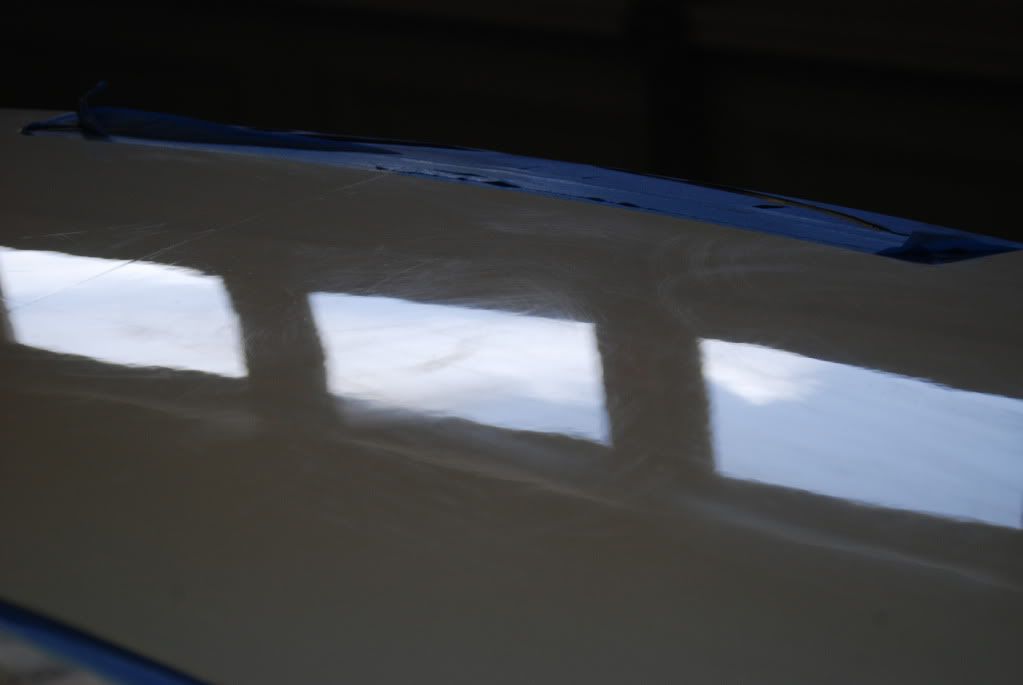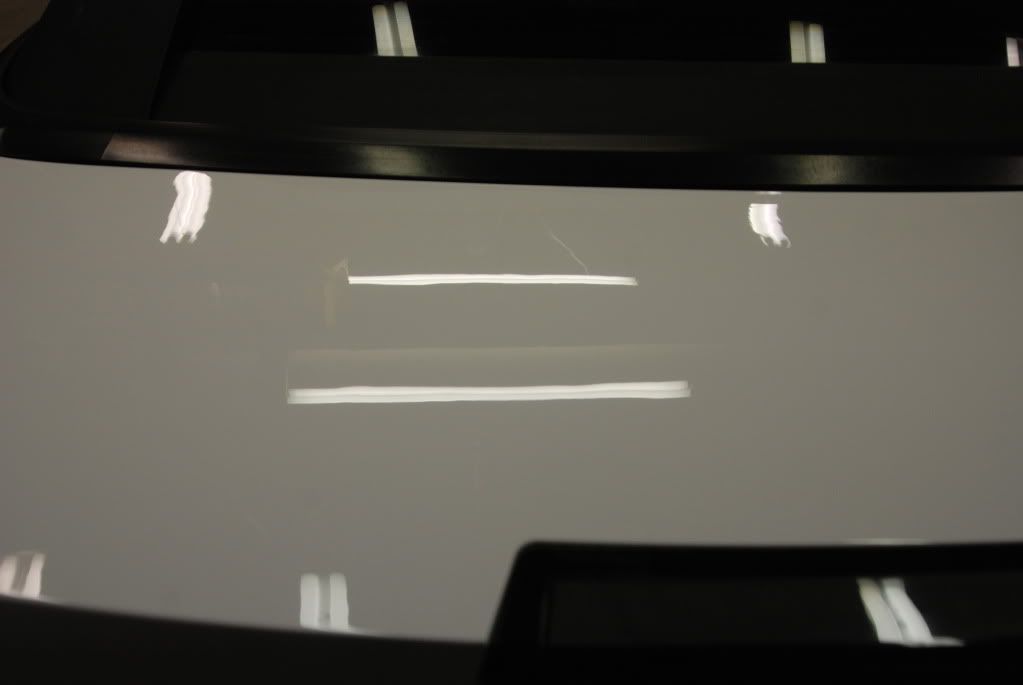RyansAutoDetail
Weekend Warrior
ok so i dont have any wet or dry paint sandpaper on me at all and with me just starting out into paint correction land ...
on autopia i see some people dry sanding prodominantly older cars 6 yrs+ using sandpaper disks on the porter cable which i do have..
then they go onto use yellow compounding/cutting pads and a very lengthier process that i never have time to do
im just wondering in most cases i see will this process absolutely be needed even when i have M105 now and smaller 4 inch cutting pads ??
ive seen some amazing work come out of using this first process..
just wondering how many ppl here suggest dry/wet sanding whole vehicles or bad areas and when i should be doing this method prior to correction process.
thanks everyone !
on autopia i see some people dry sanding prodominantly older cars 6 yrs+ using sandpaper disks on the porter cable which i do have..
then they go onto use yellow compounding/cutting pads and a very lengthier process that i never have time to do
im just wondering in most cases i see will this process absolutely be needed even when i have M105 now and smaller 4 inch cutting pads ??
ive seen some amazing work come out of using this first process..
just wondering how many ppl here suggest dry/wet sanding whole vehicles or bad areas and when i should be doing this method prior to correction process.
thanks everyone !


